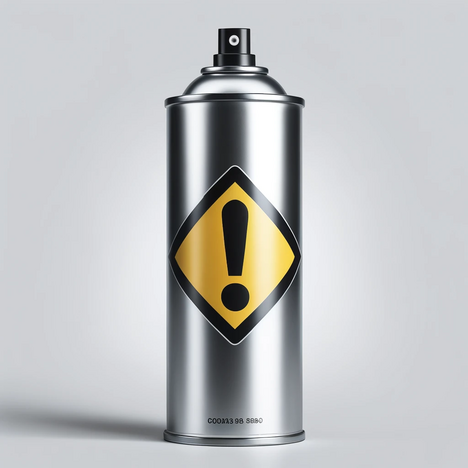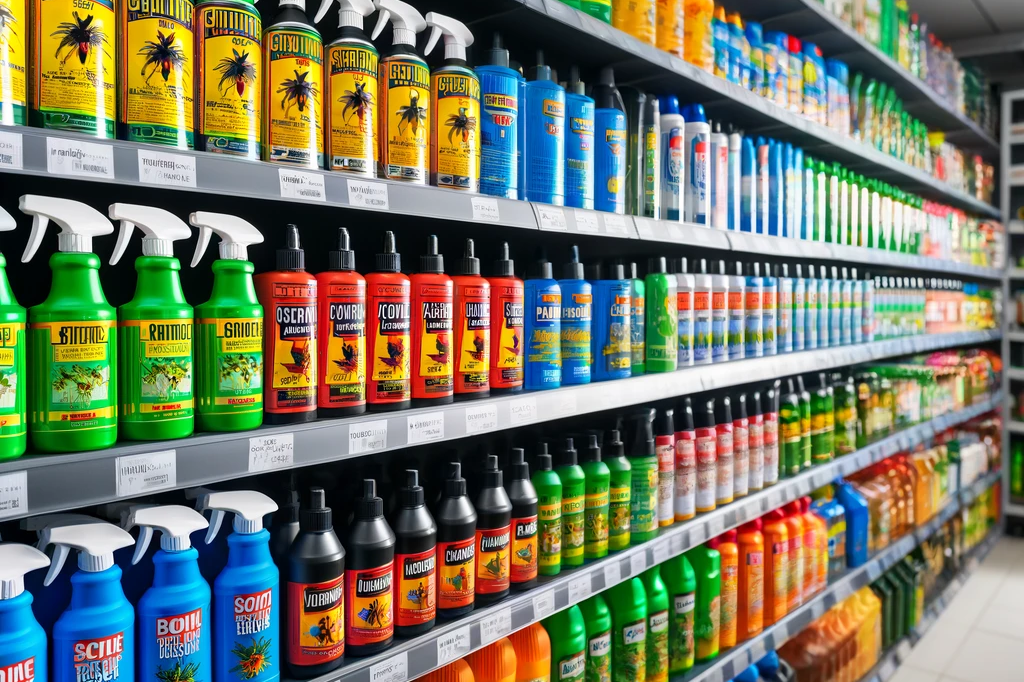Neonicotinoids

What are neonicotinoids?
Neonicotinoids are a class of synthetic insecticides that bind to the nicotinic receptor of insects and thereby disrupt the nervous system. Since their introduction in the 1990s, they have been widely used in pest control due to their efficiency and broad spectrum of activity. They can be applied in various forms, including sprays, soil treatments and seed coatings.
Areas of application and mode of action
Neonicotinoids target the central nervous system of insects, resulting in paralysis and death. Their use ranges from the treatment of crops to the protection of ornamental plants and wood from pest infestation. Despite their effectiveness against pests, studies have shown that neonicotinoids can also negatively affect non-target species, including pollinators such as bees.
Benefits of neonicotinoids for dogs
At first glance, neonicotinoids appear to offer few direct benefits for dogs. However, they can indirectly contribute to the health of dogs by:
- Reducing the population of ticks and fleas in the environment, which reduces the risk of diseases carried by these parasites.
- Controlling pest infestations in gardens and green spaces, minimizing dogs' exposure to harmful insects and the diseases they carry.
Disadvantages and risks
Potential toxicity
Although neonicotinoids are specifically designed for the insect nervous system, they can also be toxic to mammals if ingested in high doses. Dogs that have access to treated plants or soil could be at risk, especially if they tend to eat grass or dig in the garden.
Environmental concerns
The effects of neonicotinoids on the environment, including the reduction of pollinator populations, may indirectly affect the ecosystem on which dogs also depend as part of the local fauna. Long-term exposure to an environment affected by neonicotinoids could pose unknown risks to the health of dogs.
Lack of specific studies
There is a significant lack of research on the direct effects of neonicotinoids on dogs. This lack of specific data makes it difficult to fully assess the safety of these chemicals for pets.
While neonicotinoids can be effective in pest control and may provide indirect benefits to dogs by reducing tick and flea populations, the potential risks and environmental impacts cannot be ignored. Dog owners should be cautious when using products containing neonicotinoids around their pets and consider alternative, more environmentally friendly pest control methods. Making an informed decision while considering the health of the dog and the protection of the environment is the best way to ensure the safety of our four-legged friends while promoting sustainable practices.
If you notice any signs of hypersensitivity or poisoning in your dog, you should see your vet immediately. We are not a substitute for a vet, but we try to be as accurate as possible. Every dog reacts differently and we recommend you get a second opinion or consult your vet if in doubt.
Stay healthy and take good care of your four-legged friend!😊
Similar to Neonicotinoids
What are organophosphates? Organophosphates are organic molecules that contain phosphorus. They are produced synthetically and are highly toxic to insects and other pests. This is why they are often...
Carbamate compounds are chemical substances that are widely used in agriculture, industry and the home, including as pesticides, herbicides and in some cases in pet parasite control products. They...
Pyrethroids are synthetic chemical compounds that are used as insecticides. They mimic the action of pyrethrins, which occur naturally in the flowers of certain species of chrysanthemum. Due to...
Thiacloprid belongs to the chemical class of neonicotinoids, which act as neuroactive insecticides by binding to specific receptors in the nervous system of insects and paralyzing or killing them....



